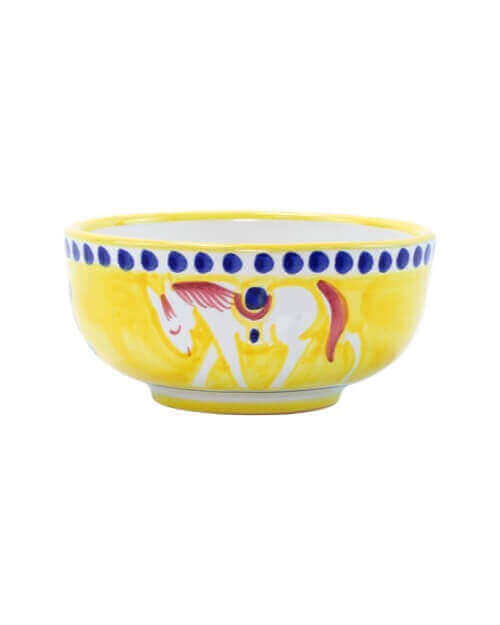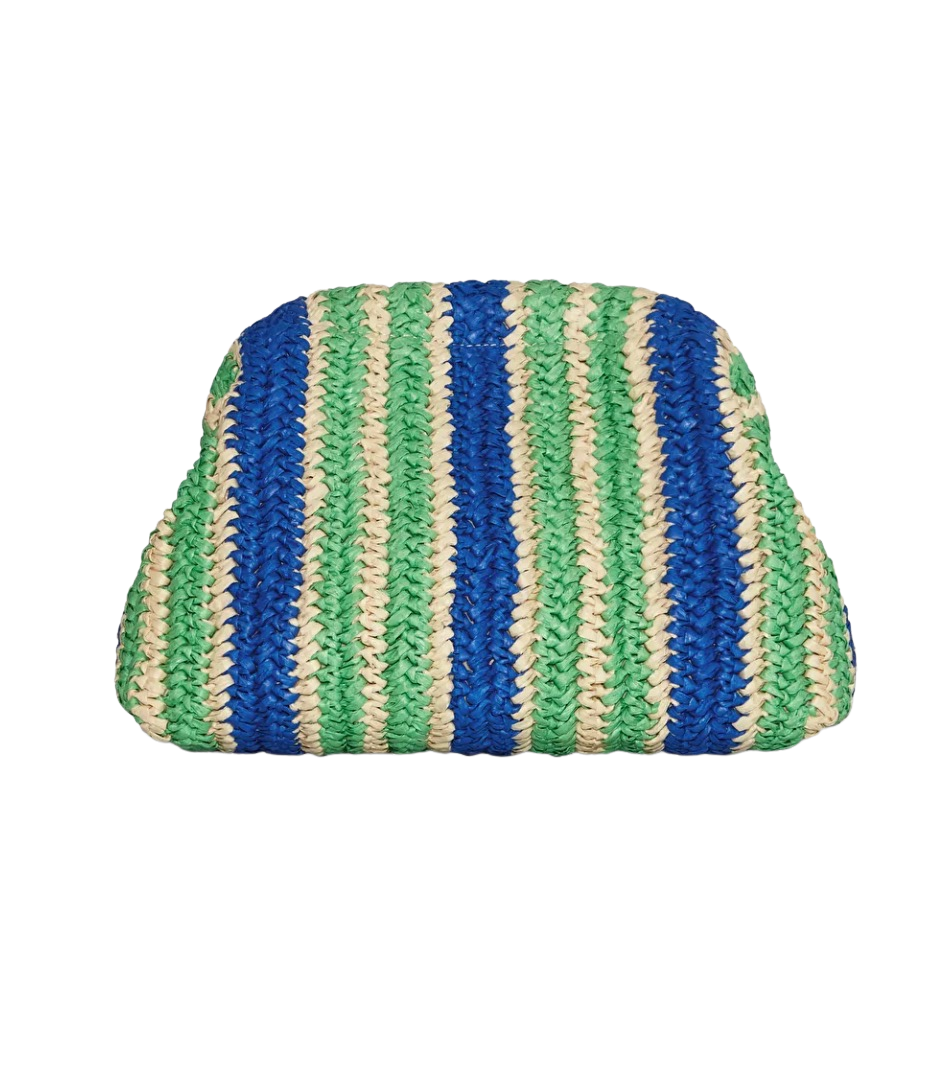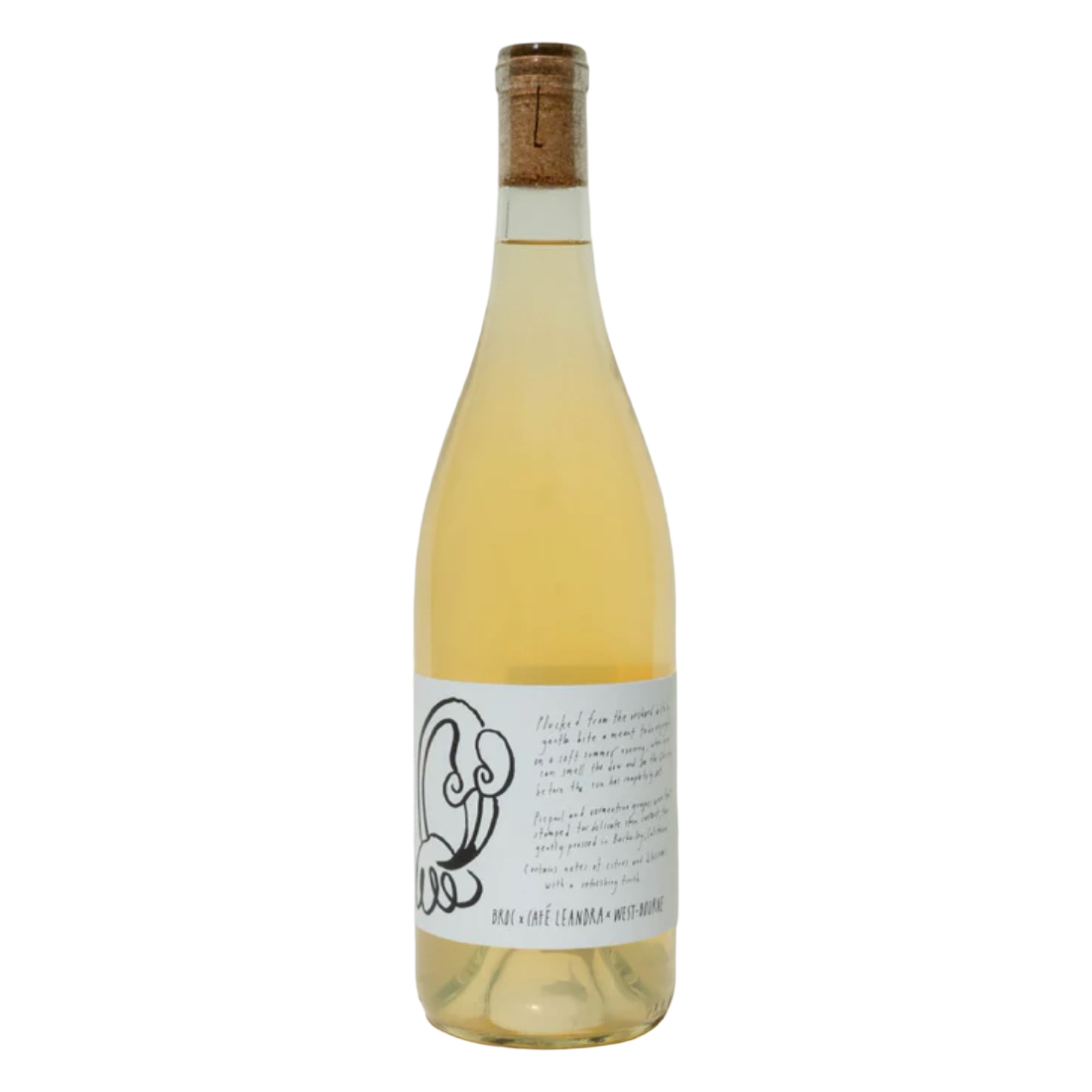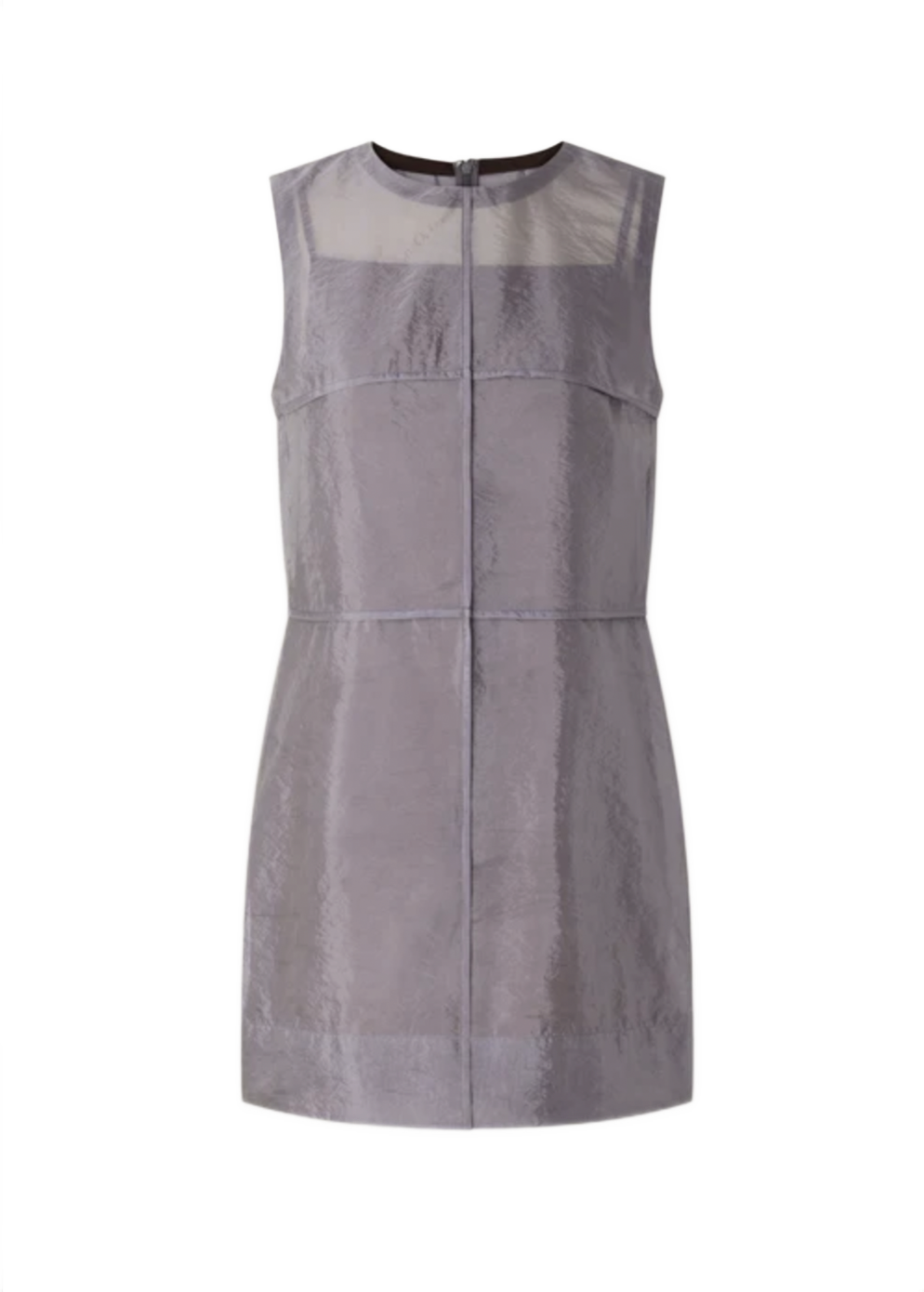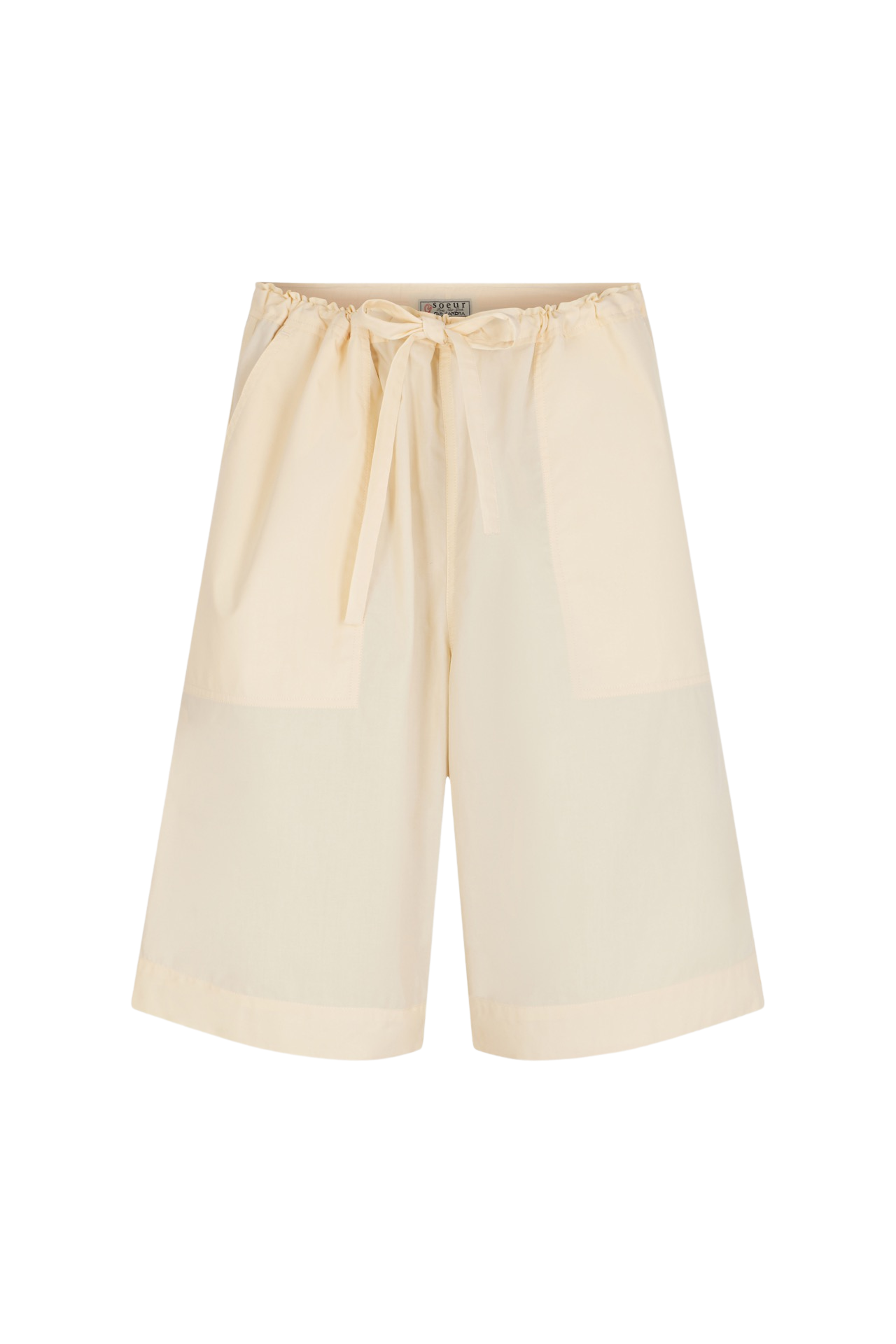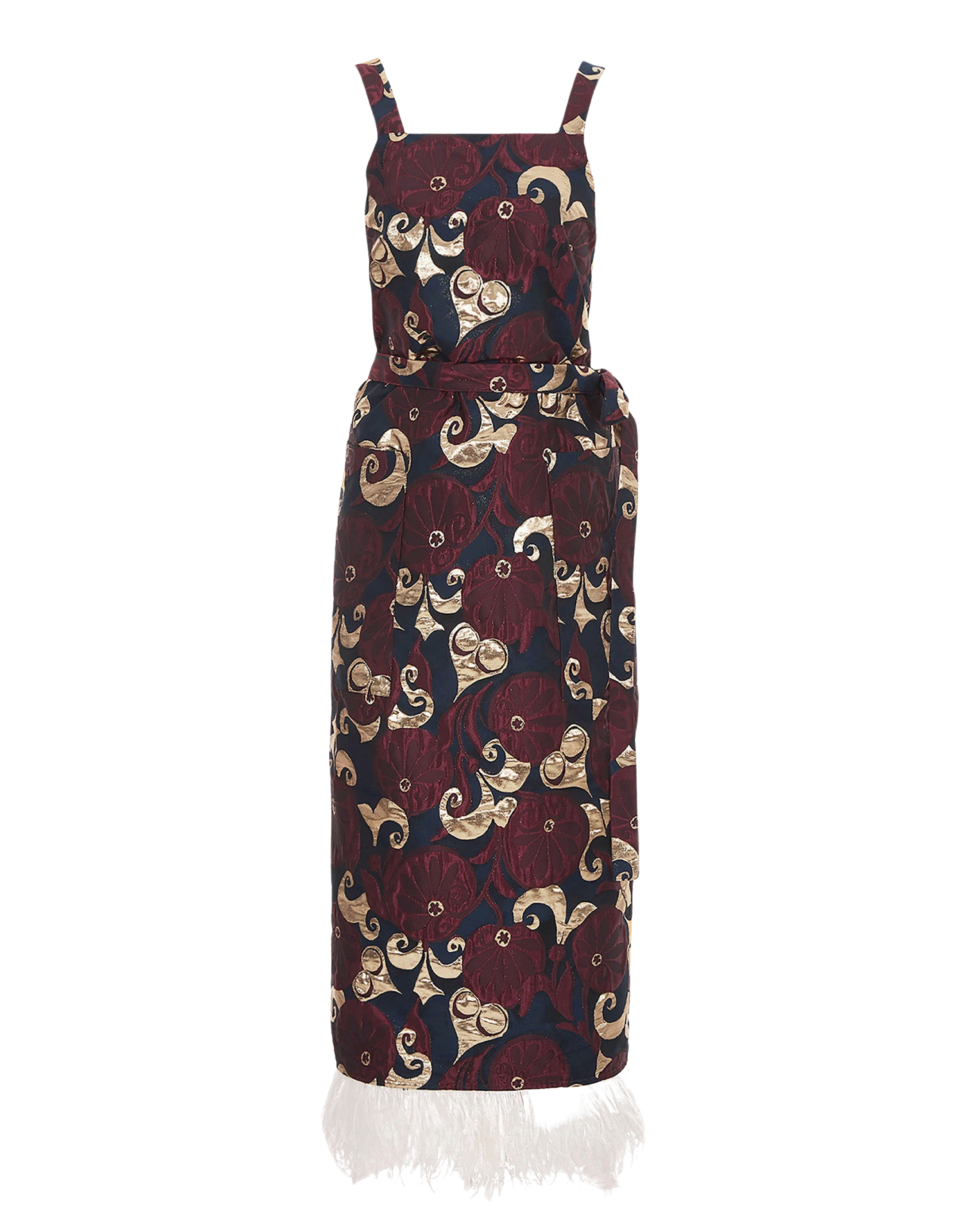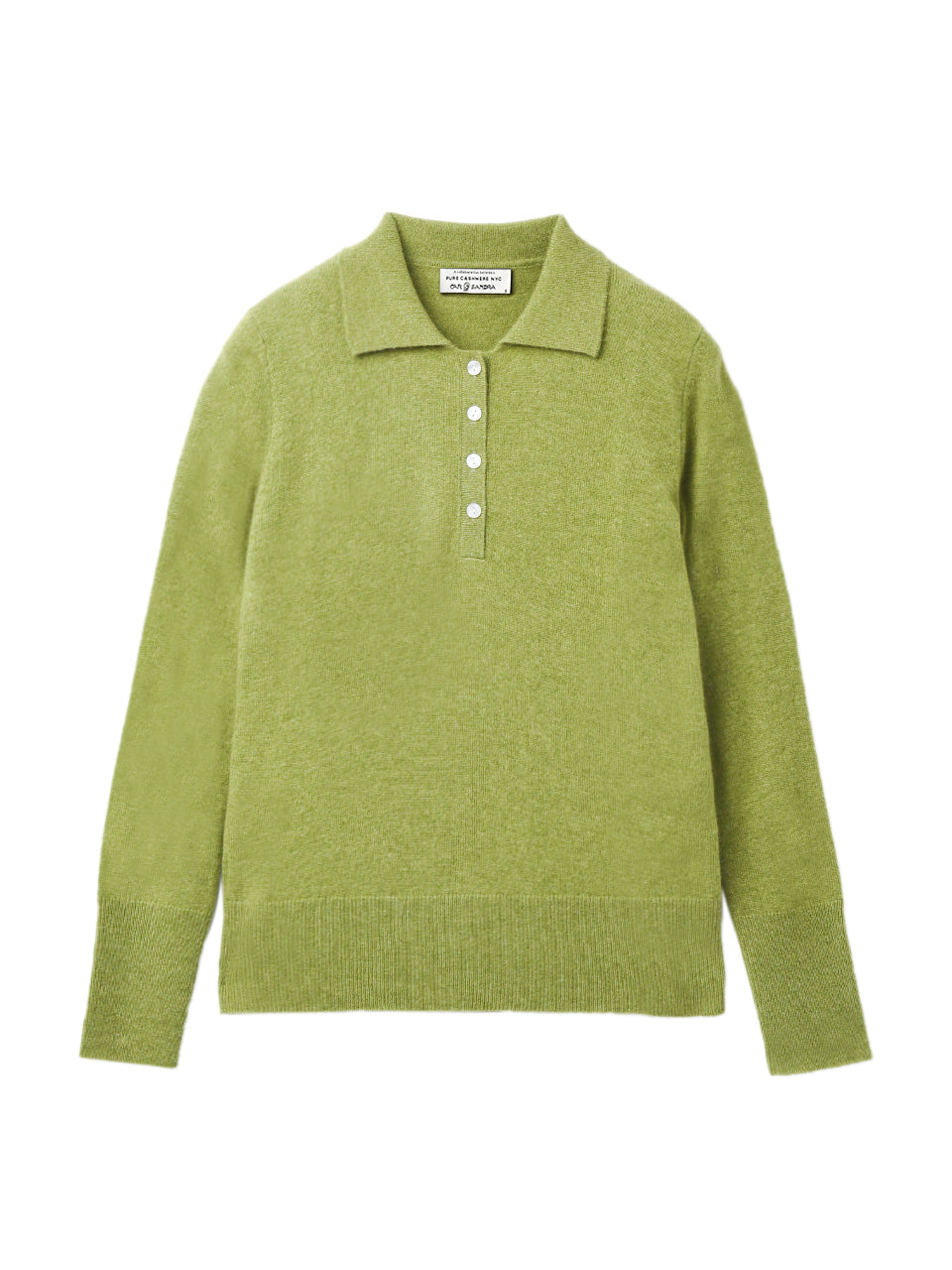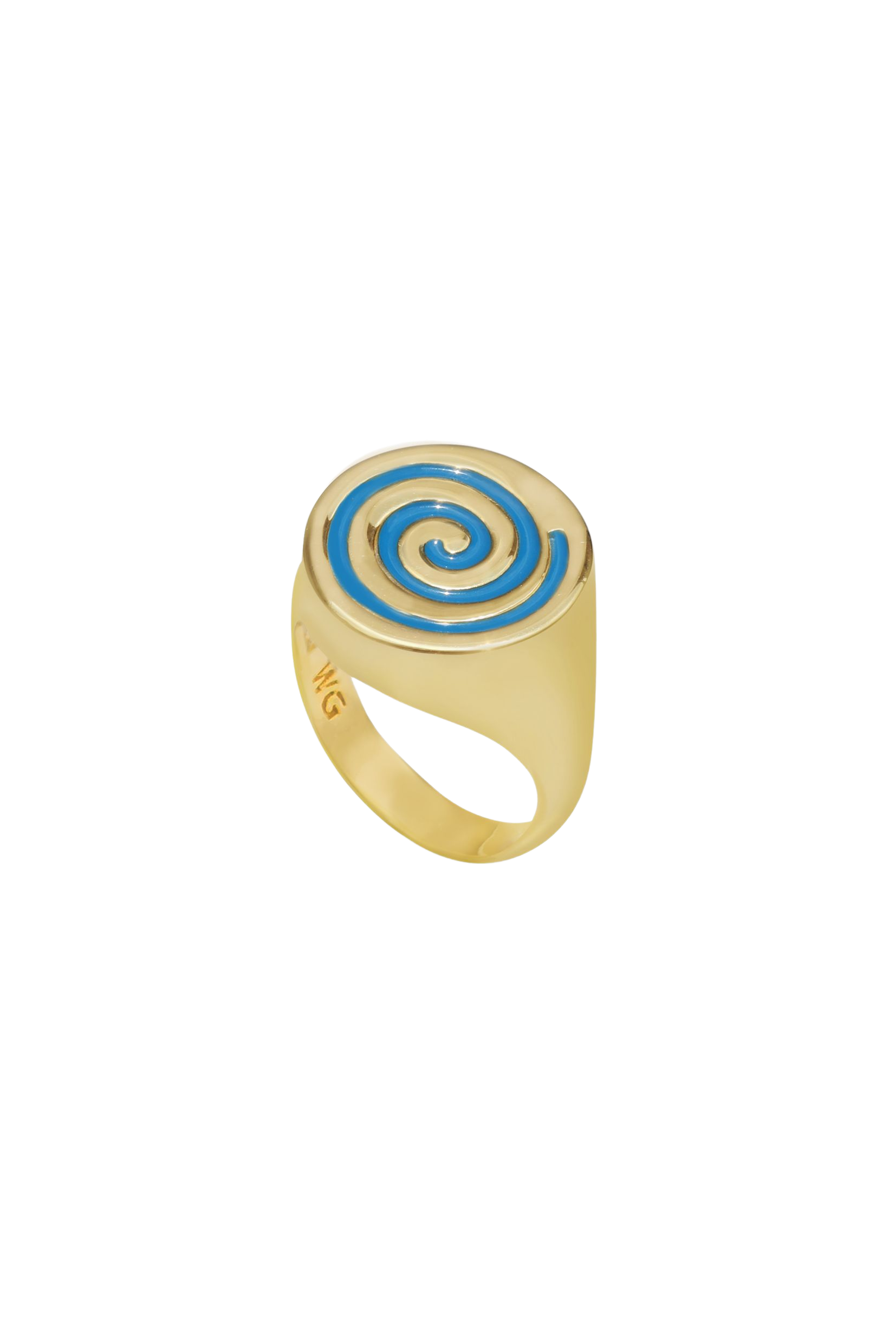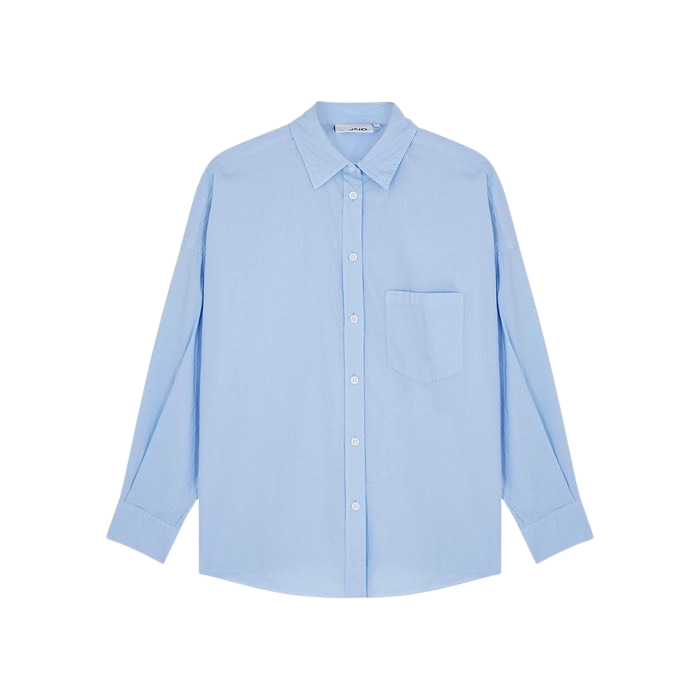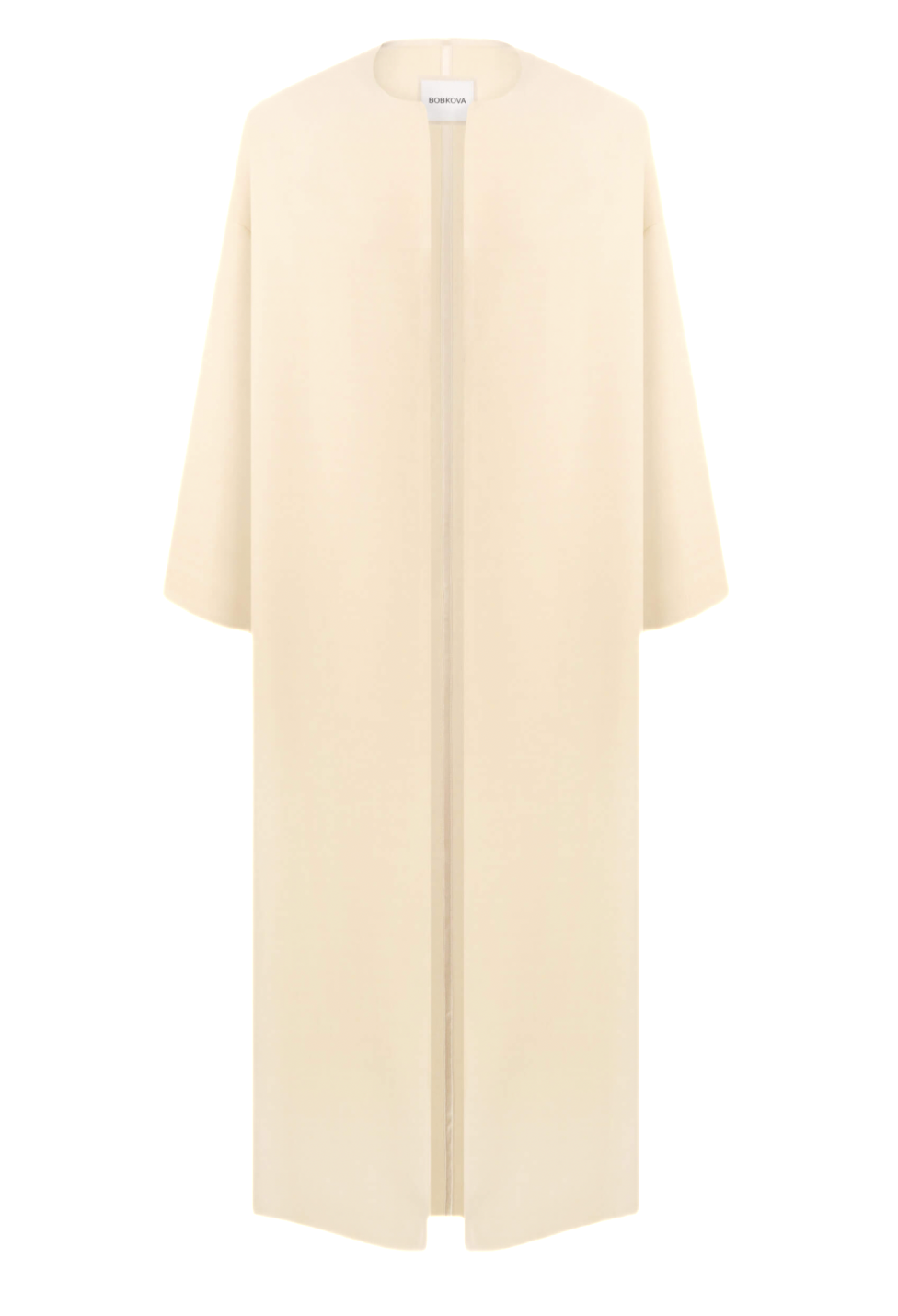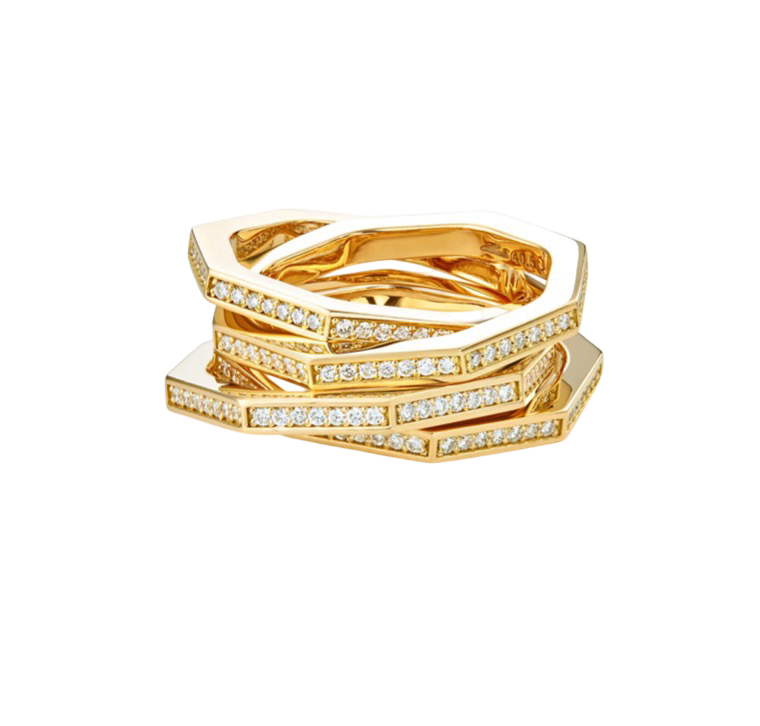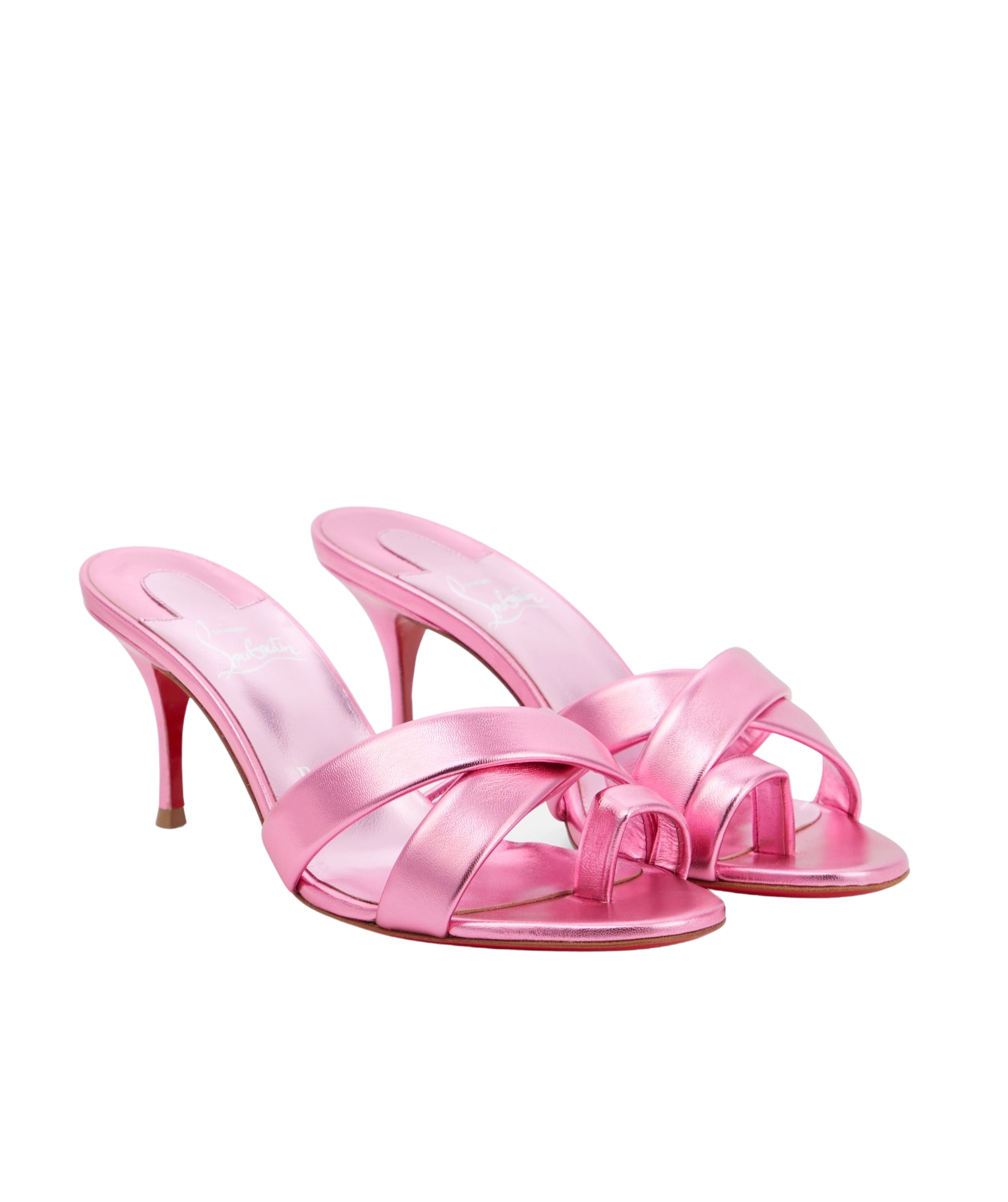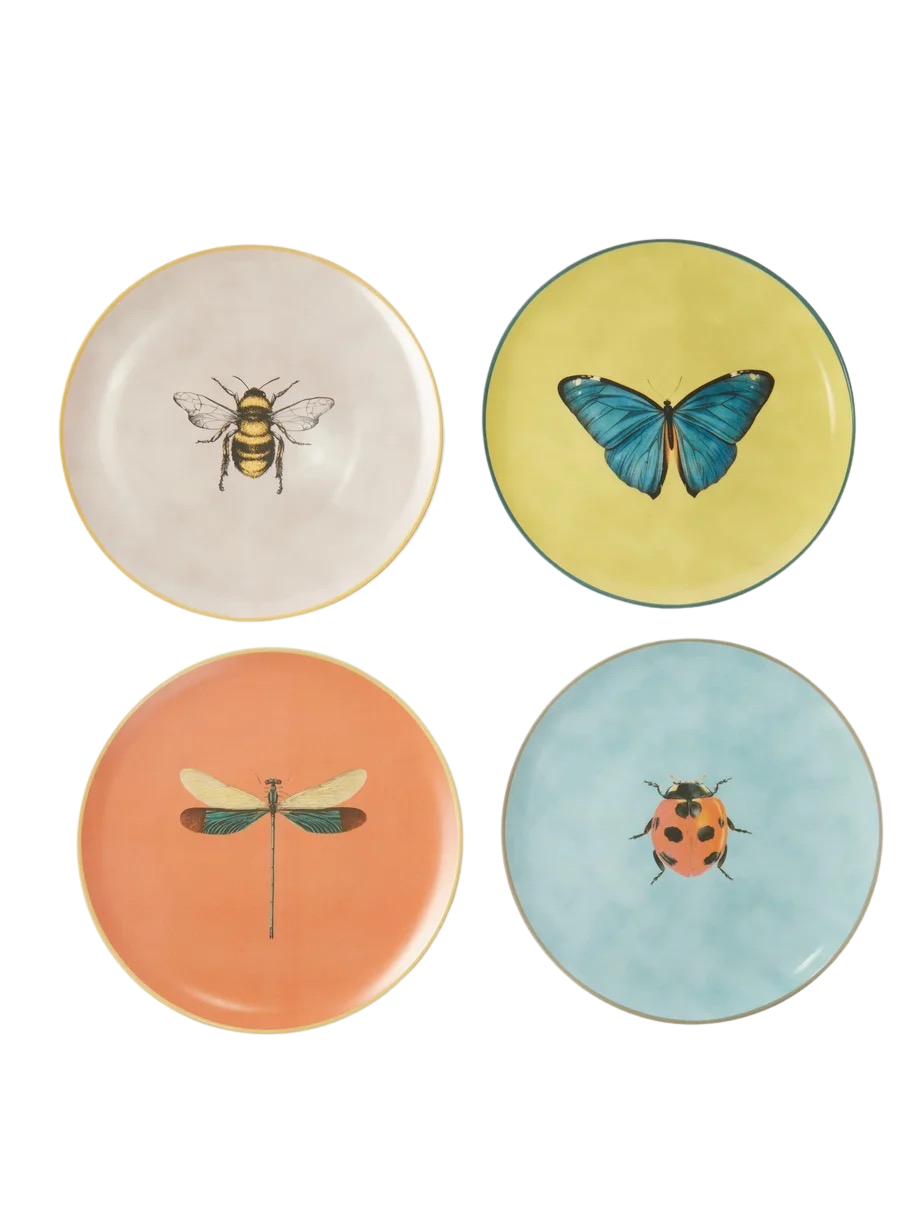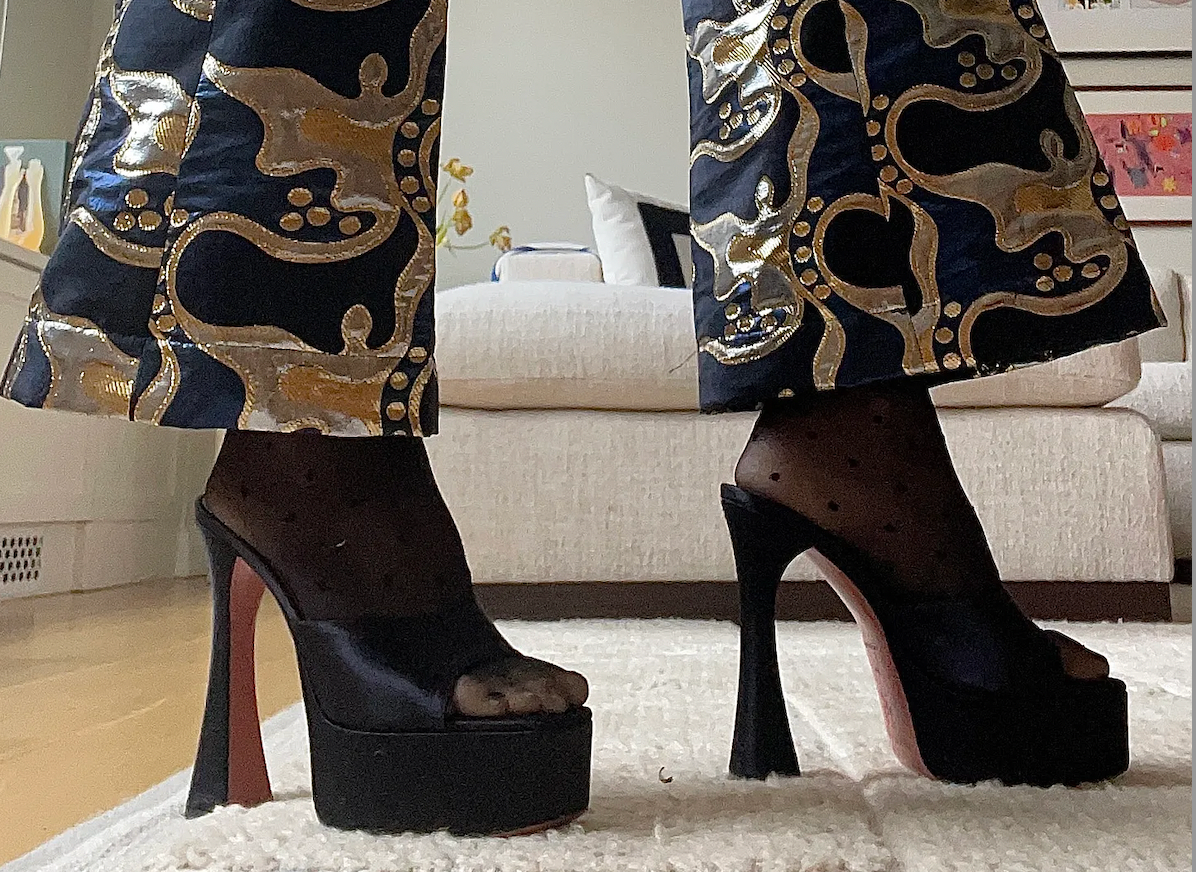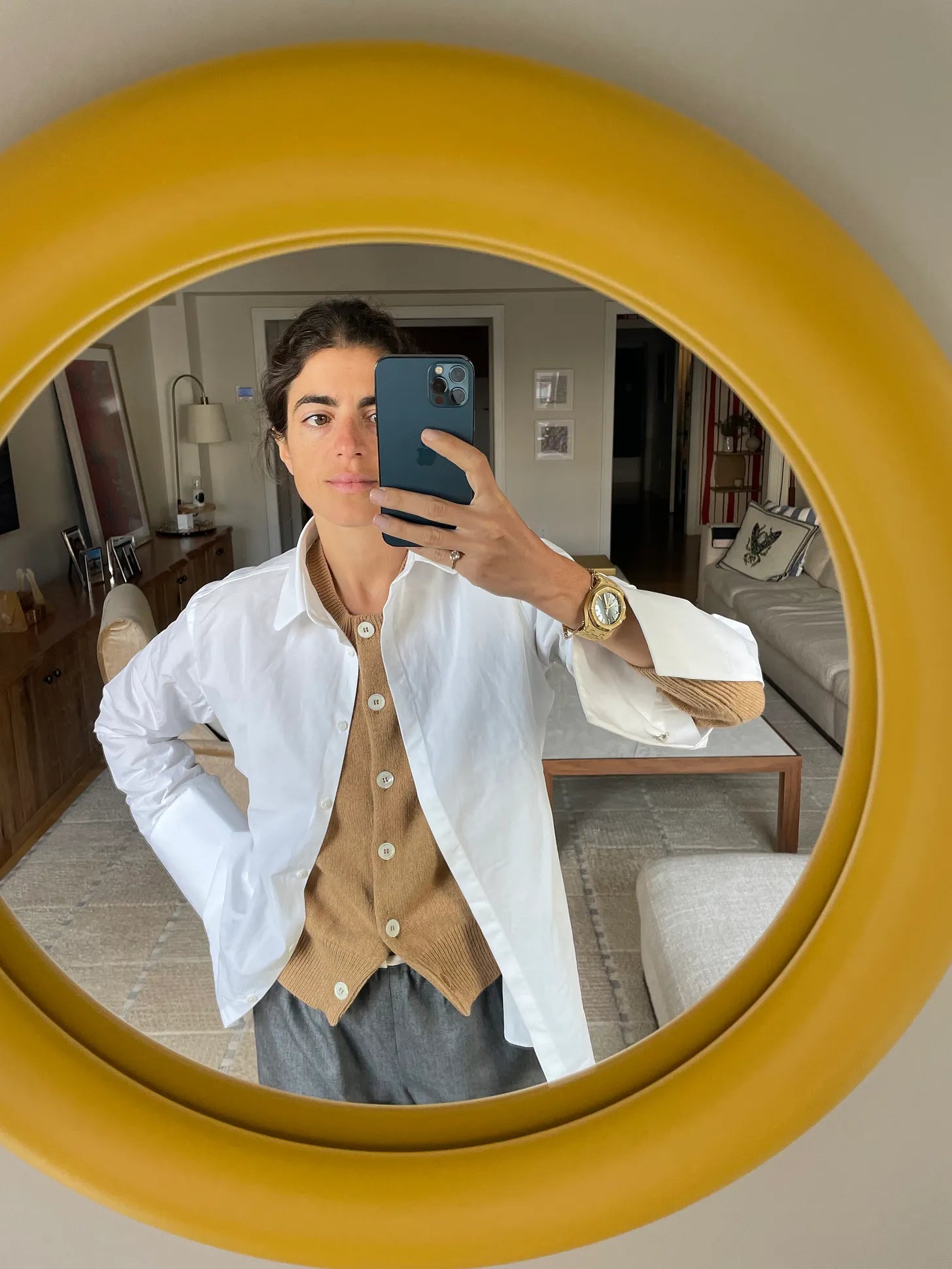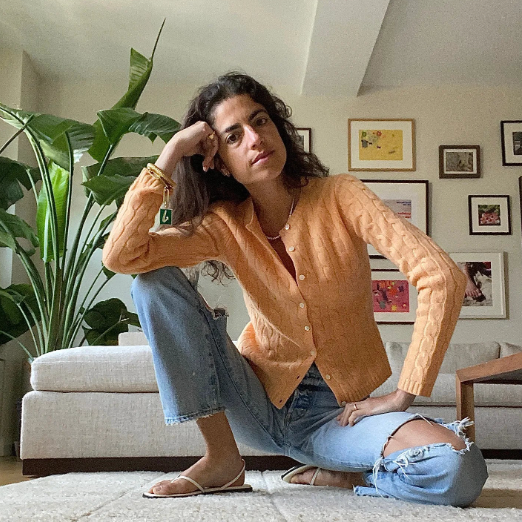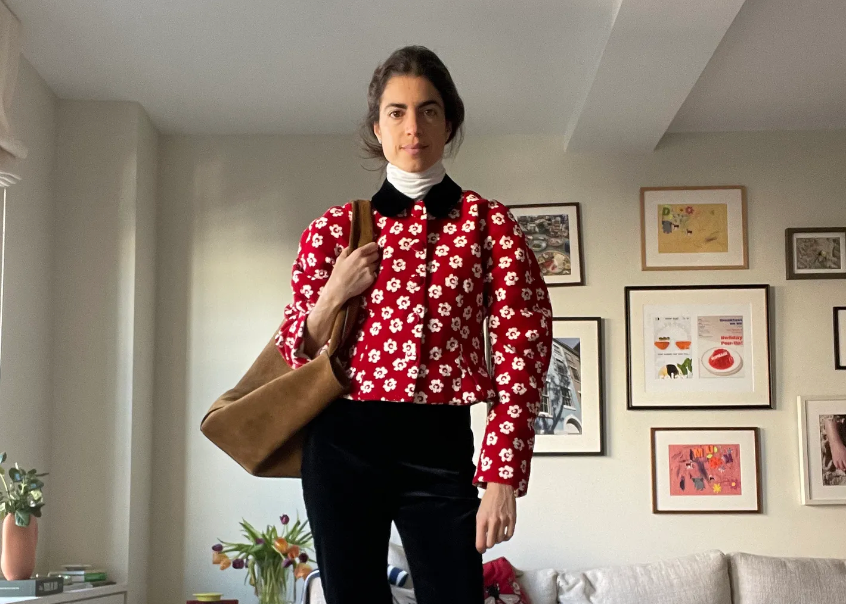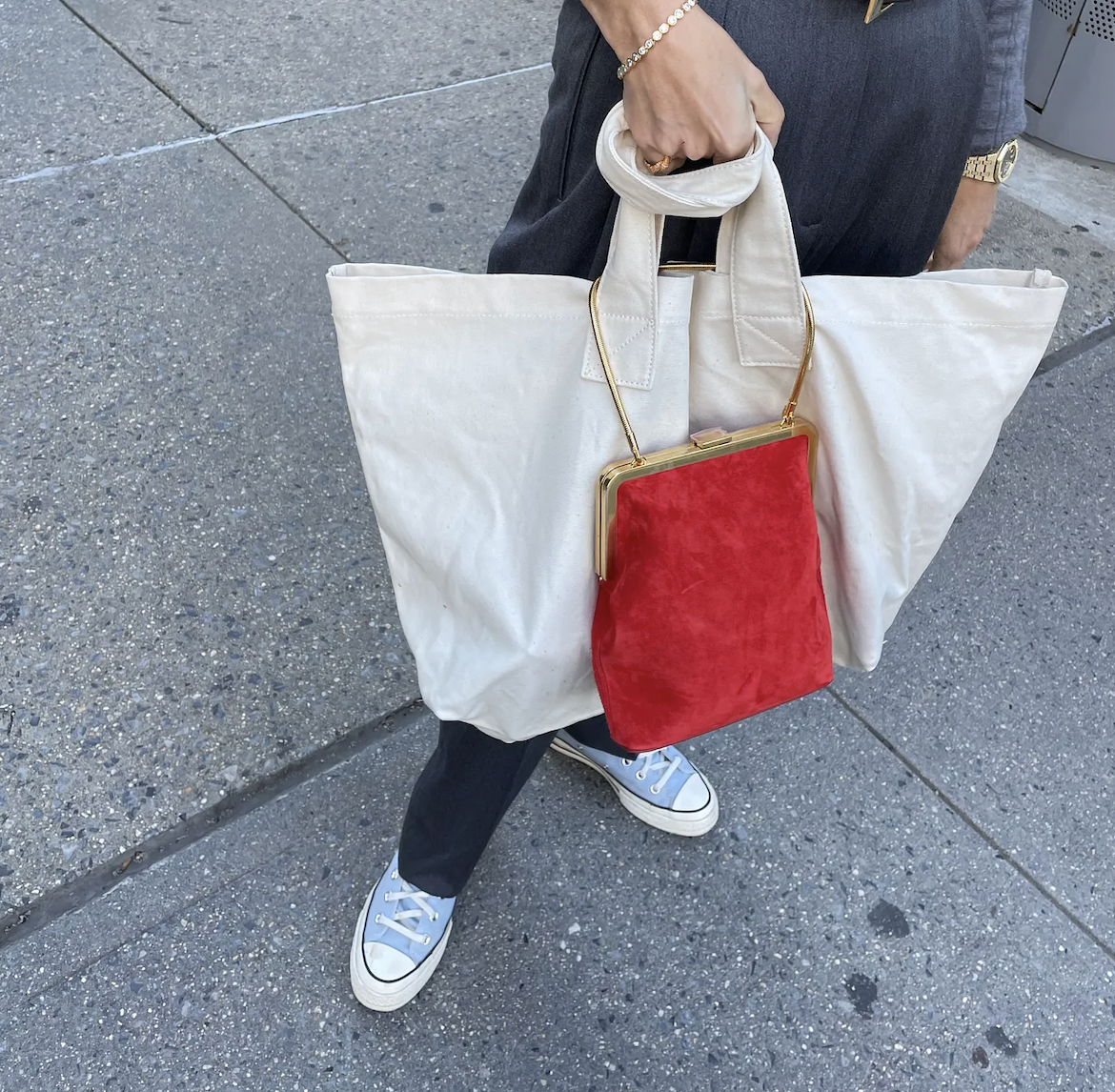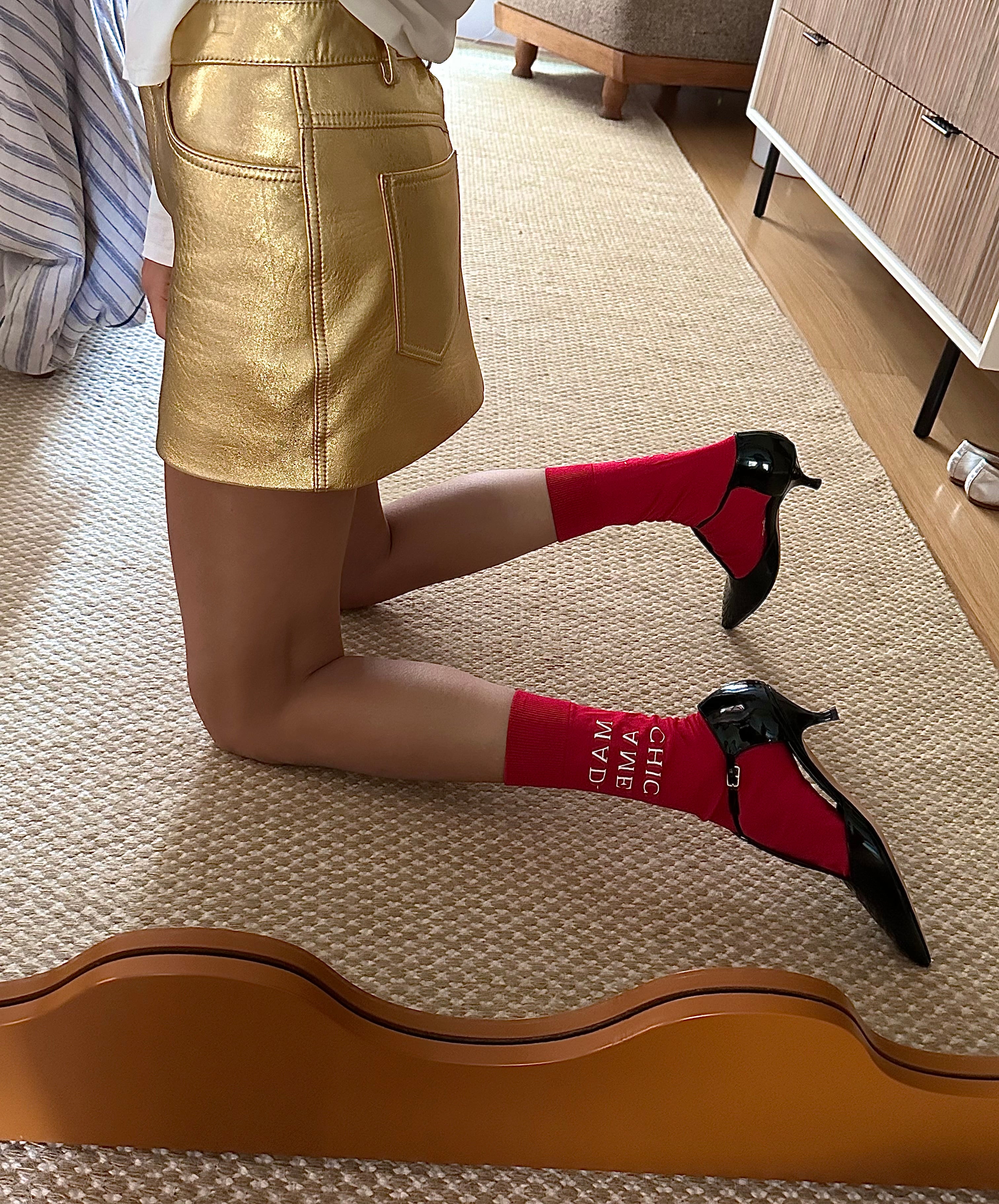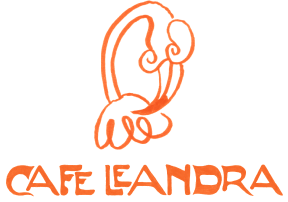#050423: Two days in Milan is not enough
Milan is definitely a walking city, but it is far less likely that you’ll clock 30k steps in a day unless you’re walking in a circle, which honestly, you probably will walk in a circle at some point. The streets are narrow and windy and they curve into each other so even if you don’t mean to, it’s kind of inevitable.
And it does add to the charm of the city, which is more like a collection of these closed little villages that spill out into each other, through openings that lead down different rabbit holes or into these breathtaking courtyards.
It’s common to hear an expat say that the magic of Milan is behind the gates into those gorgeous courtyards, but you don’t really get it until you’ve driven past the tall concrete buildings covered in graffiti and realize that you’re in the town center.
After a few steps in though, it’s a different world. It almost feels like it’s of a different time.
Everyone seems to know each other along these streets. Maybe that’s because they do. And somehow you get the sense (or at least I did) that if you wanted to butt in and say, “Hey! Know me too!” they might invite you into one of the courtyards for aperitivo.
Or maybe not — I could be wrong, but the sense is more familial than in most other metropolitan cities I’ve encountered.
If it felt right to analyze the state of fashion in Paris through the lens of the stores that contain the clothes, it’s the style — and spirit — of the women who traverse the village streets of Milan that seem to explain it best here.
What Milan and Paris have in common is a deep reverence for fashion as a powering tool that sets the city in motion.
But where in Paris the trade and the craft and the art are taken so seriously — held up on a pedestal that seem always to be at risk of varnish if they get into the wrong hands, in Milan (or maybe more broadly, in Italy) it seems like the margin for error is wider.
More room for error, more room for risk. And sometimes, you know, these risks pay off (cue Prada). Other times you get Phillip Plein.
But in either instance, you can’t help but feel something pleasant vibrate through you.
A city through its people
When I walked out of my hotel for the first time on Tuesday, I was met by two instances of denim shirts tucked into jeans with black suede boots and blazers. Both outfits were on women, both women wore their hair down and wild. One of the two women had a vintage Tubogas serpent watch crawling up her wrist.
The other had on a gold charm bracelet. Among the men: light blue shirts, true blue jeans, brown suede loafers, and personality socks.
I get why socks matter so much here — they’re part of the complete look. Most people get around by bike or Vespa, so for as much time as you’re in the public square standing erect, you’re in a seated position that puts your ankles front and center just as often — maybe even more.
Admittedly, overall, I have felt more like I fit in here than anywhere else — from the way that I look (big hair, olive skin), to the clothes that I wear (all the denim and gold). But also, I think, because through my own style, I pursue the rough edges that seem natural, like a given, to the style of the Milanese.
Somehow these edges make me feel softer.
Style archetypes
But don’t get me wrong. There is definitely an exacting science to the sciuraglam that’s taken off on social media in recent years: the pants are as perfectly pressed as they seem, slim and straight leg and they probably hit exactly 1 inch above the ankle.
The jacket is straight line, single breast, collared with sleeves that expose just a sliver of wrist so you can see how that big gold bracelet catches the cigar band on her right ring finger. The coat’s length is just about 2 inches above the knee and everything fits perfectly. If you held a ruler to her proportions, I think they’d net out 1:1.
The outcome of this precision is that she doesn’t look tall, she doesn’t look short. She just looks right.
And her hair! It’s perfectly coiffed. Blow outs seem to be the thing. Yet still, somehow, through this sheen of perfection, there is this embodied understanding of something else. I don’t know what to call it, a sense of humor? Acceptance? Surrender?
Or maybe it’s just that the way she carries herself — like the air she commands, the regard for herself — is not so different from how the archetype of the next kind of Milanese woman carries herself. For as different as these two women may appear to look, their respective compasses of self-worth seem energetically tantamount to the other.
The second archetype of woman has diamond skulls dripping from her neck and a bright printed sweater and contrasting sneakers, and her bag is patent leather, probably yellow.
It’s appealing and desirable because it’s very authentic. She’s carrying herself! She’s possessed. She’s dressed to the highest degree of her self-image and there’s no pitting her against the ruler ratio dresser. The levity is intentional, but also innate, the sense of humor is too.
In a way, I think it’s her edges that soften those of the ruler ratio dressers.
The rough edge dressing reminds me more of the wears that my mom would bring home from Milan when she’d travel twice yearly to see what family here still remained.
Personal context
For context (because I have attributed three different countries over the course of my writing as the birthplace of my mother), she (my mom) was technically born in Tehran, Iran (though both of her parents are actually from a smaller town called Mashhad).
She left Iran when she was 5 with her mom (my grandma) to go to Israel (it was 1967). She lived there, in a small town called Bat Yam, for 7 years.
When she went to Israel in ‘67, her dad (my grandpa) went to Milan, where a small but growing community of Iranian Jewish merchants were starting to build new livelihoods.
In the mid-70’s, she and my grandma moved to Milan where they reunited with my grandpa and lived together for 8 years. While there, my mom finished elementary school and high school. I mention it at all because culturually speaking, this is around the age — high school through one’s early years out of it — when a new generation begins to take over as culture makers from the generation that came before them.
And now that I think about it, this is probably part of why my mom presents more Italian than anything else, why Italian style strangely feels so familiar.
In a way, all of us continue to carry the torch of the cultures that we either contribute to making or participate in most intimately. I have a friend who says that women get caught in the heyday of their style — like they continue dressing the way they did when they were at “their best,” and she’s not wrong necessarily, but I think the reason this happens (when it happens) is because you stay close to the culture that was closest to you.
The state of beauty
Anyway, when she’d come home from Italy, she always had these wild items for me: closed-toe mules with the tiniest heel and a big pink checker bow on the toe (I was 12!), silver cowboy boots to wear with pleated red skirts with gold inlays and chunky socks to wear up my legs.
“It’s what all the girls in Milan are wearing!,” she’d say. I just wanted some Hard Tail.
But it’s hard to deny that this is probably why I lean more maximalist in my adult style than I do minimalist.
In some ways, I suspect that my own style is a reclamation of the qualities I may have tried to push away early on.
The extent to which we carry the stories that matter most to the fabric of our family lives never gets lost on me. There is something so tender about claiming these stories and there is something so healing, too, about spinning them into joyful moments of beauty.
And that is definitely another thing — the beauty. Somehow it feels so light. So joyous. Like it’s not laced in the same weight of pain that so much of touching into beauty often seems to require.
Back to Milan present day: I walked through a bunch of stores on Wednesday. And they were fine, but they didn’t give me as much much as the people I encountered on foot did. So I kept walking and walking and walking and walking and realized after turning all those circles, it felt more sufficient to hunker down for an O.J. and observe from that vantage.
At Jenny Walton’s favorite (where she took me), Marchesi 1824, I got a visual sense of the stereotype of the Italian bourgeois in the shape of these women, with bags resting on their extended-out inner arms bent down to observe the luxury department store-style displays of the food you could order to eat at the shop.
It made me think that I’d prefer to see what the sandwiches look like than I would make my choice based on reading descriptions. Then I realized, my senses woke up in Milan.
Shopping and inspiration
I think that’s what a city like this can do for you. What any city where creative culture is made can do for a person. And when your senses wake up, I think you start to feel more alive, more active, more ready to create.
As an example: There was a woman sitting next to Jenny and me, and she was drinking a glass of prosecco, and I noticed her moccasins and asked where they were from, then proceeded to buy them next door even though they’re an American make (Sebago).
I don’t regret it in hindsight, it was part of the moment, and the story I take with them.
When it sneaks in vs. when it strikes
There’s an understood aestheticism about Milanese beauty, one that doesn’t get shrouded in judgment. It feels important and sacred and honest to me. Like somehow it makes me feel safe, and I think that’s actually what provoked my own feelings inspired, what inclined me to want make something new, even if that new thing was as simple as an outfit with suede moccasins.
What’s funny about inspiration generally is that I don’t think I’ve ever understood it this way — as the active, initiator energy that provokes me to make a move.
It has always felt a bit softer, more passive and feminine in my understanding and experience but I see how there are several ways that inspiration can possess you — how it can strike you or sneak in quietly.
Lately, I crave the kind of inspiration that tells you its time to create and actually, I’m glad I pulled this apart just now because I think this might be exactly where consumption/shopping goes awry and gets its bad rap.
Maybe all we’re ever trying to do when we consume is reconnect to our own respective desires to create — maybe we shop because we think it’s the act that provokes the desire when actually, it’s what comes before it.
Shopping mindlessly or when you don’t feel connected often generates a feeling of bleh. Maybe that’s because in these instances, we use it to get inspiration, not realizing that if what we’re seeking is provocation, shopping is not the most effective way in.
So you — or maybe I should say I feel the bleh, which has this quality of dirtiness to it, and vow I won’t shop again. (So extreme.) Until I do — something drives me to, and it doesn’t feel bad, it actually feels just the opposite. And until now I never understood why. Have never been able to decipher why sometimes it can feel so good to acquire and sometimes it feels so wrong.
It’s good when it’s born from activation, wrong when I expect that it’s going to activate me.
It’s a working theory to be sure but a framework to test the next time I wonder: are these crazy shorts worth it?
Yesterday, they totally were.
So that’s what Milan gave to me — a reconnection to my senses. Two days there were not enough, but from where I stand now in Como, I suspect an awakening of a different engagement with beauty might be right on the hills that line the lake.
Back to New York tomorrow, I miss my kids!, and am signing off yours,
Leandra





